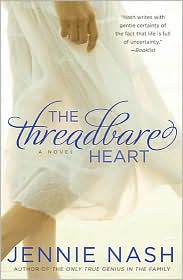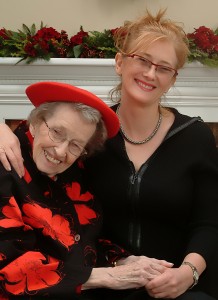 When hardship hits ten-year-old Sarah Carrier’s family, they move on a cold December day from their home in Billerica, Massachusetts to nearby Andover. They don’t know it, but they carry the plague with them, wrapped in the blankets her brother shivers into. The Carriers move in with Sarah’s grandmother, and they must apply to the local council for the right to stay. Everyone is afraid of the plague, but in deference to Sarah’s grandmother the family is allowed to stay—to dire consequences. When it’s clear the sickness is in their home, Sarah and her younger sister are sent to live with an aunt and uncle until the worst has passed. Months later, they return home to find their brothers, mother and father have survived, but their grandmother has not.
When hardship hits ten-year-old Sarah Carrier’s family, they move on a cold December day from their home in Billerica, Massachusetts to nearby Andover. They don’t know it, but they carry the plague with them, wrapped in the blankets her brother shivers into. The Carriers move in with Sarah’s grandmother, and they must apply to the local council for the right to stay. Everyone is afraid of the plague, but in deference to Sarah’s grandmother the family is allowed to stay—to dire consequences. When it’s clear the sickness is in their home, Sarah and her younger sister are sent to live with an aunt and uncle until the worst has passed. Months later, they return home to find their brothers, mother and father have survived, but their grandmother has not.
Sarah’s mother, Martha Carrier, is a hard woman who keeps her emotions under tight control. Sarah resents the lack of affection she feels from her mother, and she chafes against the hard life she must live for the family to survive. The Carriers are also isolated, resented by the people of Andover , who blame them for bringing the plague to town. Martha’s hard personality doesn’t soften their resentment.
When things go wrong with crops, or a neighbor’s cow sickens and dies, it’s easy for the superstitious among the Andover populace to lay the blame on Martha. Many whisper that she is a witch to be feared. When girls from the neighboring town of Salem begin to accuse their own townspeople of witchcraft, it’s not long before accusations are aimed at residents of nearby towns as well, and Martha Carrier finds herself accused.
As Sarah slowly watches each of her family members arrested on accusations of witchcraft, she knows the day will come when she has to follow her mother’s instructions to save whoever of the family she can, betraying her mother so the rest may survive.
The Heretic’s Daughter by Kathleen Kent does a masterful job of capturing the mood of the times leading up to and during the Salem Witch Trials. The story of the trials may seem like familiar literary territory, but the author finds a way to make the story fresh as she tells the story of Martha Carrier, one of the many women and men hanged as witches in Salem in 1692.
Carrier was Kent’s ancestor, and Kent grew up hearing family stories of the witch trials as well as Carrier’s place in them. In addition, she conducted extensive research of her own, rooting out official records from the time and finding out details to place the witch hysteria in historic context. She does an excellent job of weaving in details about fears of Indian raids, the plague and harsh winters. It’s hard for us to imagine the hysteria that not only allowed belief in the false claims of girls who claimed that hundreds of citizens roamed the countryside enchanting the people, but also condemned people to die for those claims. The Heretic’s Daughter can prompt discussions of how mass hysteria can take hold of a population, relationships between mothers and daughters, maintaining integrity when faced with hardship. Highly recommended for mother-daughter book clubs with girls aged 14 and up.






